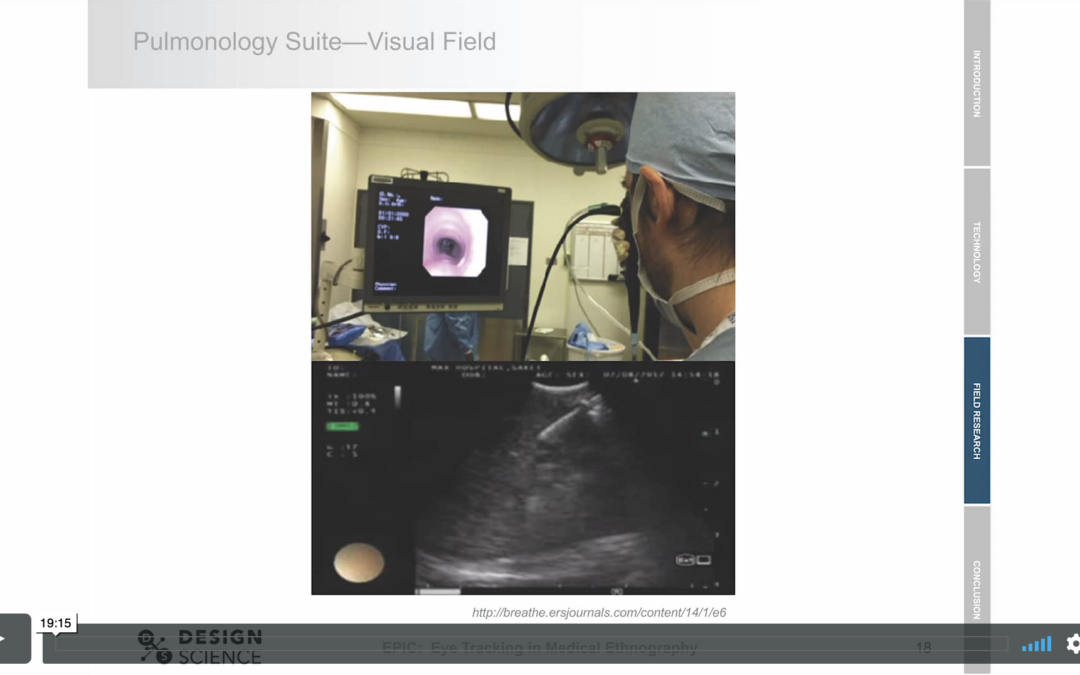Using eye tracking in ethnographic research poses numerous theoretical and practical challenges. How might devices originally intended to record individuals' vision of two-dimensional planes be useful in interpersonal contexts with dynamic visual interfaces? What would the technology reveal about...

